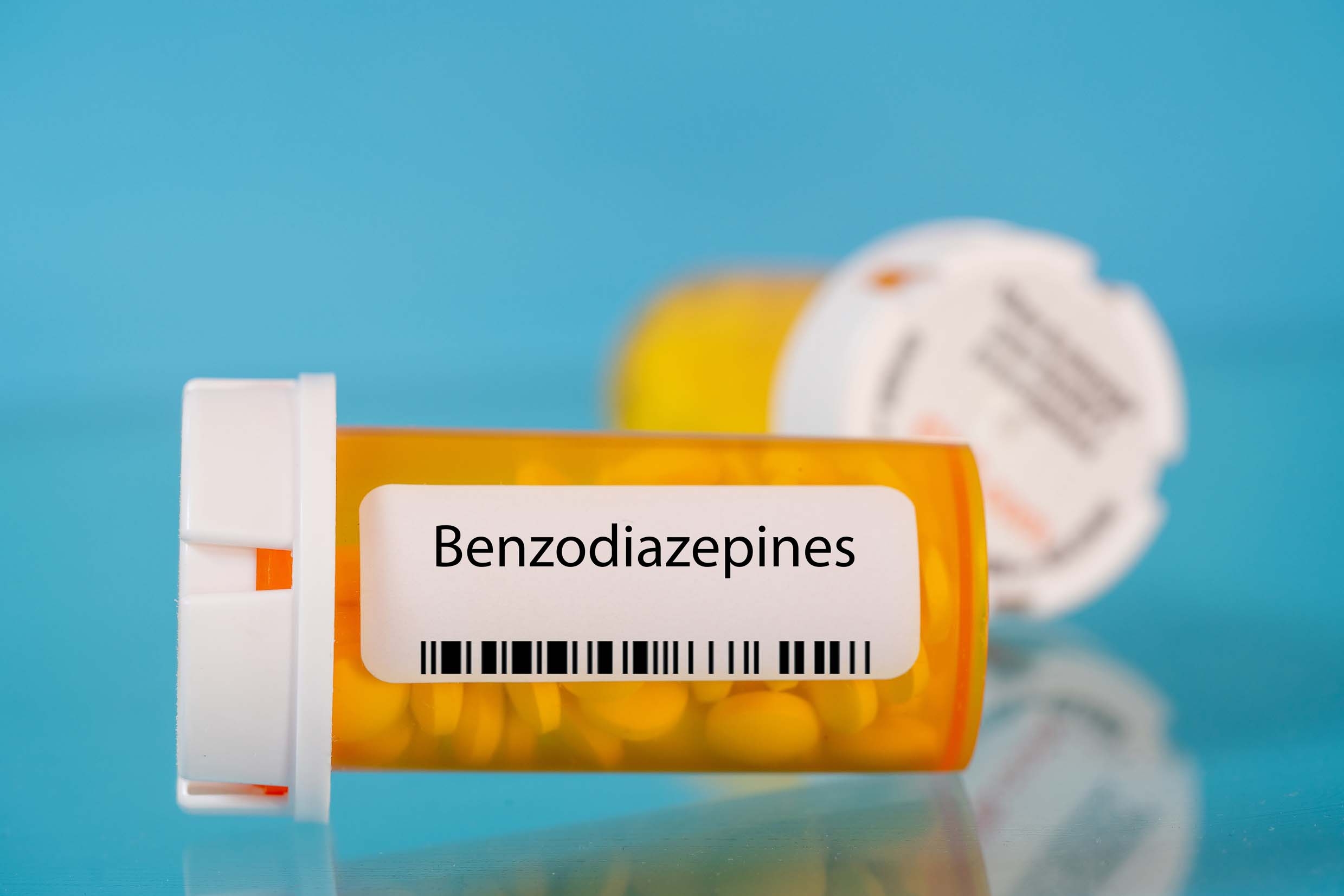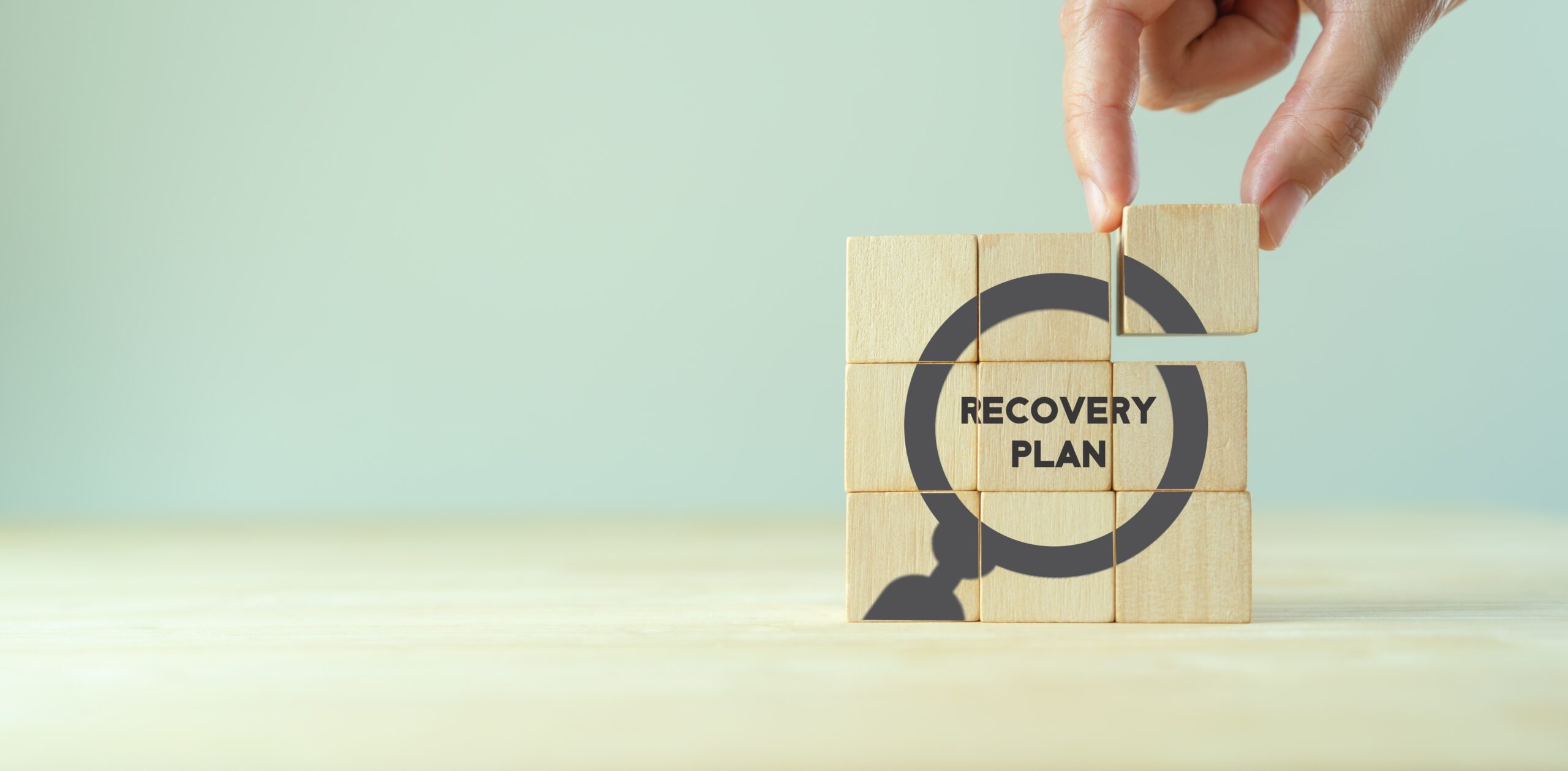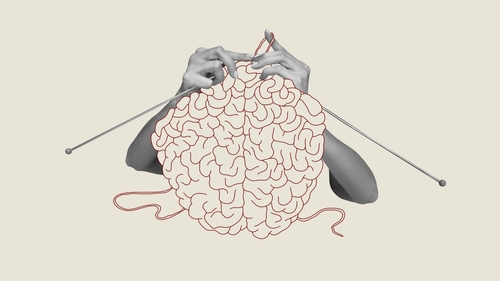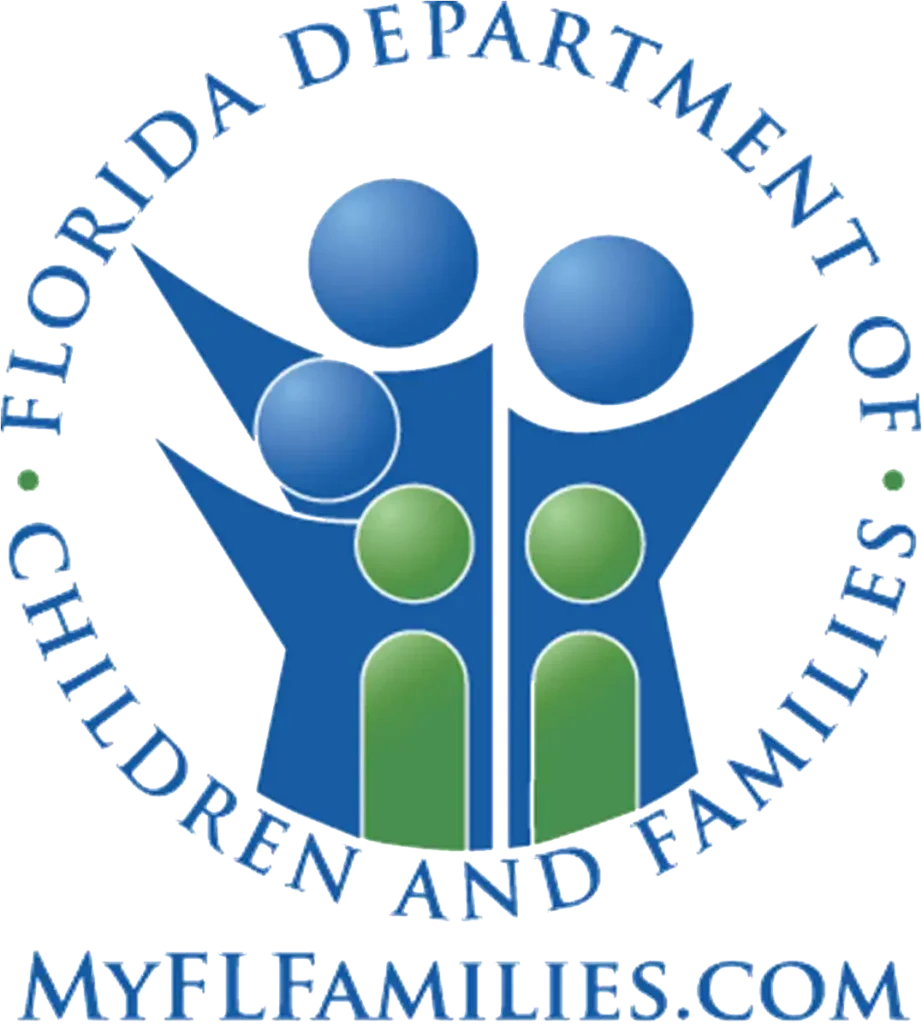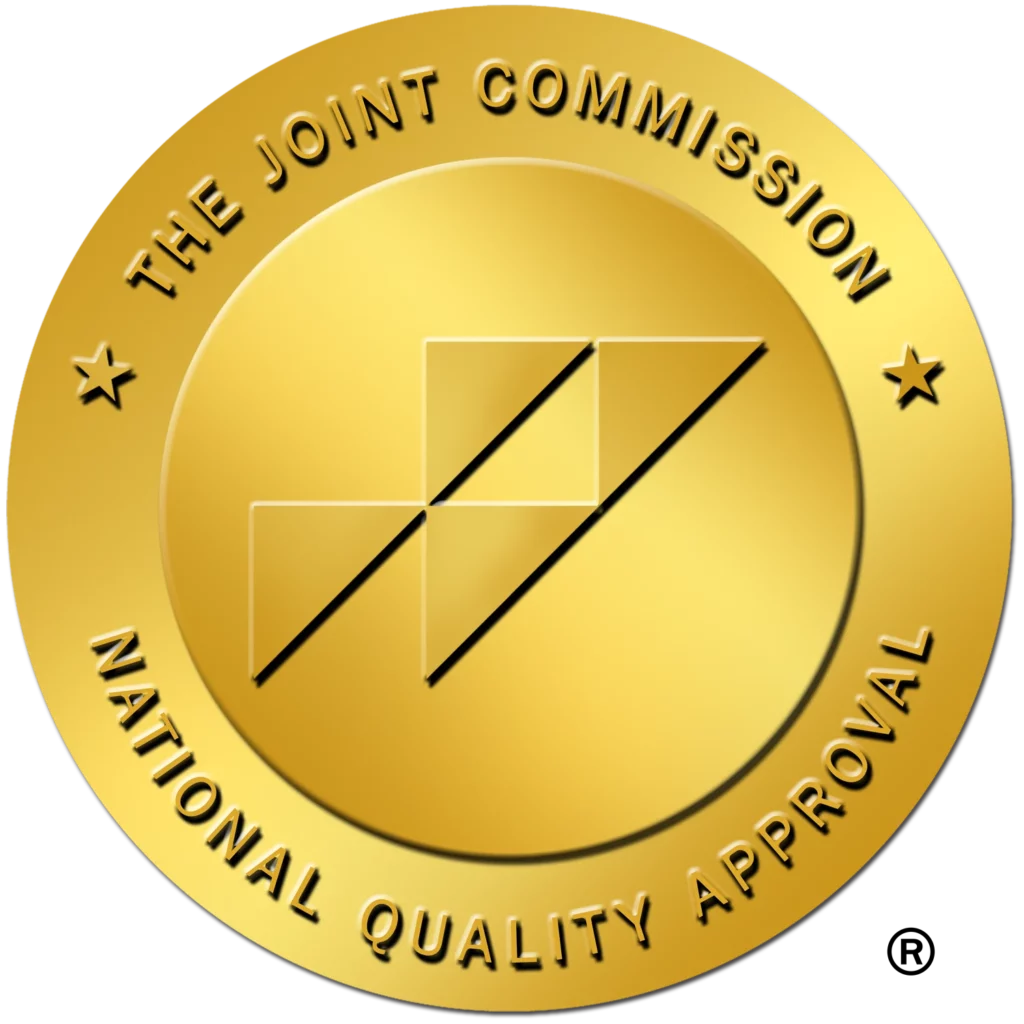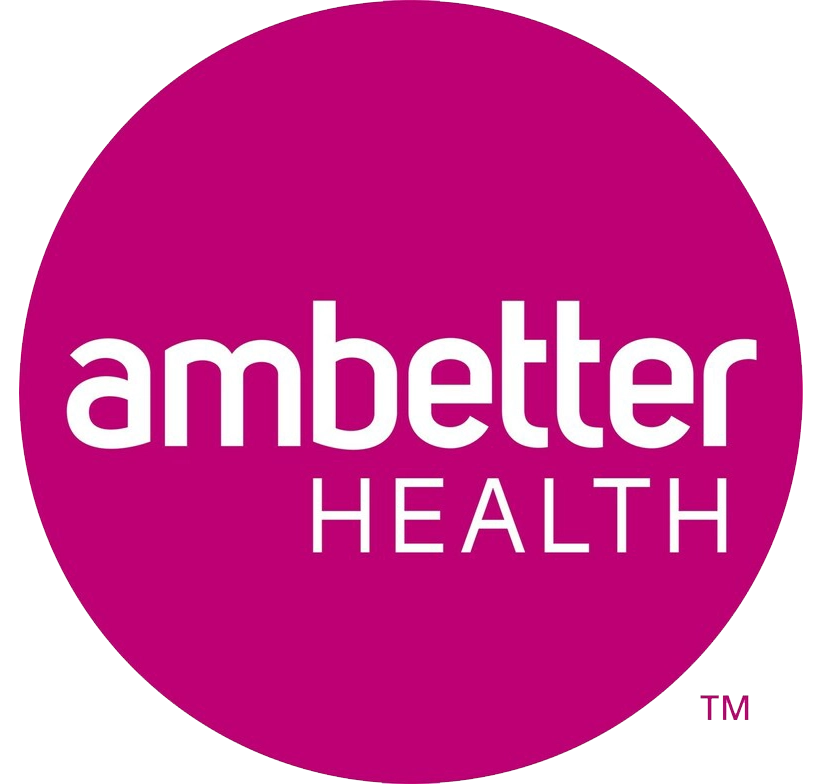Is Gabapentin Addictive?
This entry was posted in Addiction News and tagged gabapentin addiction treatment, gabapentin withdrawal, is gabapentin addictive on October 02, 2023 by Justin Baksh, MS, LMHC, MCAP, Chief Clinical Officer.
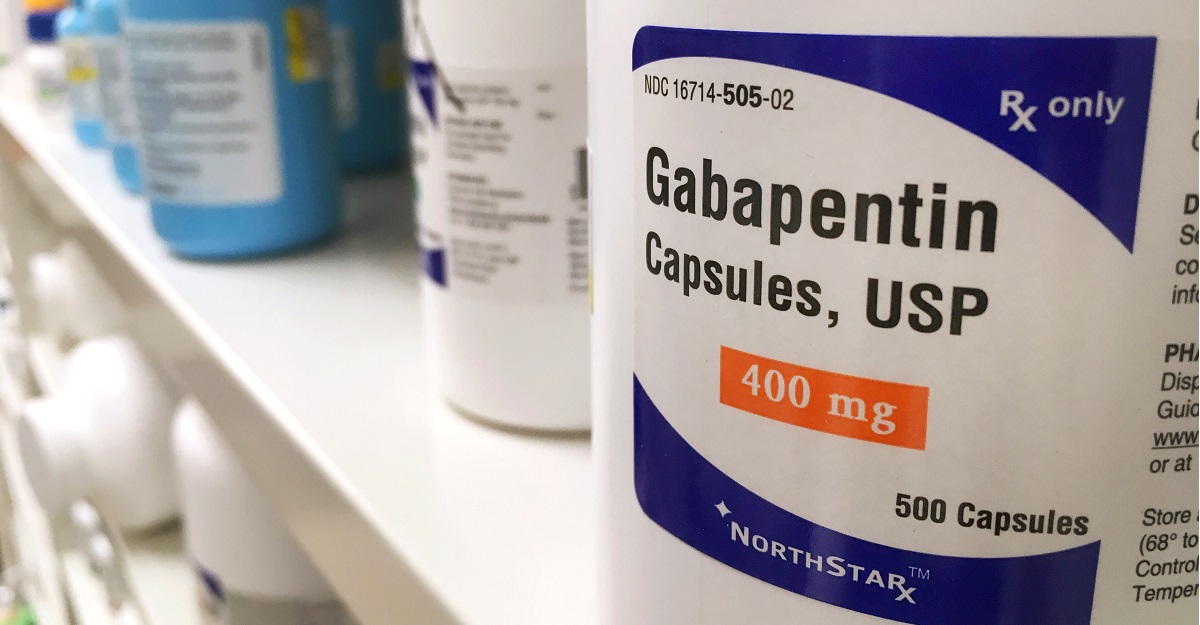
In the wake of the opioid epidemic, many healthcare providers turned to Gabapentin as a pain relief alternative – or even an add-on – to prescription opioids. The swelling number of Gabapentin prescriptions has launched the drug to the tenth most prescribed in the United States, a position it has held (or beaten, in some years) since 2016.
Along with the increase in its use, concern has also grown that the drug carries a potential for addiction.
So, is Gabapentin addictive? The short answer is that it can be – especially for opioid abusers.
What is the Risk of Gabapentin Addiction?
The risk is generally considered to be low compared to other substances, with a mere one percent of the general population estimated to be misusing it.
However, for those who abuse opioids, there is up to a 20-fold higher risk of Gabapentin misuse. That’s one in every five opioid abusers.
Among drug rehab clients, the percentage is slightly higher, clocking in at 22 percent. Why is this? Reportedly, Gabapentin “extends the high” of opioids.
Knowing what Gabapentin is intended to treat – as well as how it works – can help you better understand the potential risks.
What is Gabapentin?
Gabapentin’s primary use is for the treatment of seizures and nerve pain. It is a synthetic pharmaceutical compound, meaning it is chemically created in a laboratory setting. It consists of common elements such as carbon, hydrogen, nitrogen, and oxygen, and is structurally similar to the neurotransmitter gamma-aminobutyric acid (GABA).
What is GABA?
GABA is a crucial neurotransmitter in the central nervous system. It plays a primary role in inhibiting neural activity, contributing to various physiological functions and mental well- being.
Imagine your brain is a big room, filled with people shouting (these people are like nerve cells, or neurons, communicating). In a normally functioning nervous system, GABA is the person in the room asking everyone to lower their voices, calming the chaos.
What does GABA do?
- Balances neural activities – In the brain, some signals say “Go!” and others say “Stop!” GABA is a major player on the “Stop” team, helping to keep things balanced.
- Blocks the Door – Imagine the neurons are rooms with doors, and messages are trying to get in. GABA essentially blocks some of those doors, stopping certain messages from getting through.
- Promotes good sleep – GABA’s role in soothing overexcited neurons helps you get — and stay — asleep. In general, GABA calms things down.
- Prevents muscles from over-contracting – Again, GABA inhibits excitatory reactions, so it can put the brakes on your muscle activity as well.
What happens if GABA is not working right?
- There is too much noise – If there’s not enough GABA or if it’s not working right, it’s like the volume in that room being too loud. The shouting (neuron activity) gets out of control.
- Things are out of balance – Without enough “Stop!” signals, the “Go!” signals take This can lead to problems like anxiety, where the brain can’t calm down, or conditions like seizures, where the signals become chaotic.
What is Gabapentin Approved For? When was it Approved?
The history of Gabapentin traces back to May 1977. That’s when the Food & Drug Administration granted the patent for it to Warner-Lambert (acquired by Pfizer in June 2000).
In December 1993, Gabapentin received its first approval. It was indicated for the treatment of seizures in patients 13 years of age and older. It was approved for children ages three to 12 in October 2000.
A disruption in GABA function may be linked to conditions such as epilepsy, where there is an imbalance between excitatory and inhibitory neurotransmission. Synthetic Gabapentin replaces the low or malfunctioning GABA, and steps into cool things down and get back into balance.
In May 2002, gabapentin was approved for postherpetic neuralgia, or the nerve pain associated with shingles, in adults.
In 2004, Gabapentin was approved to be sold in its generic form.
Is Gabapentin used to treat other conditions?
When a medication is prescribed for conditions other than ones is it specifically FDA approved for, it is called an “off-label” use.
Because of its calming effect on the nervous system, Gabapentin is prescribed for a variety of off-label conditions. Here are some of the more common ones.
- Generalized Anxiety Disorder – Gabapentin may have a calming effect on the nervous system, helping to reduce symptoms of anxiety.
- Insomnia – The medication’s sedative effect might help people with sleep problems by calming the brain’s activity.
- Migraines – Gabapentin may be used to prevent migraines by stabilizing electrical activity in the brain, thereby reducing the occurrence of headaches.
- Restless Leg Syndrome (RLS) – The drug’s ability to dampen nerve activity may reduce the uncomfortable sensations associated with RLS.
- Fibromyalgia – By reducing nerve pain, gabapentin can help control the chronic pain associated with fibromyalgia.
- Chronic Pain Conditions (e.g., Neuropathy) – Gabapentin’s action on specific pain pathways might make it a useful treatment for various chronic pain conditions, especially nerve-related pain.
- Alcohol Withdrawal – Its calming effect on the nervous system may make gabapentin helpful in managing symptoms of alcohol withdrawal.
- Bipolar Disorder – Some doctors prescribe gabapentin to help stabilize mood in bipolar disorder, although evidence in this area may be limited.
- Hot Flashes in Menopause – The drug’s influence on the nervous system might help reduce hot flashes in some women experiencing menopause.
- Spasticity in Multiple Sclerosis – Gabapentin might help control muscle stiffness or spasms related to multiple sclerosis by dampening overactive nerve signals.
Is Gabapentin Addictive?
“Gabapentin has known abuse potential and has been reported as an agent highly pursued for use in potentiating opioids [making the effects of opioids stronger]. In an examination of opioid and gabapentin co- abuse, approximately 24% of patients with prescriptions for both gabapentin and opioids had at least 3 prescription claims surpassing specified dosage thresholds compared with the 3% and 8% of patients prescribed gabapentin or opioids alone, respectively. This co-abuse is of particular concern, as abuse of gabapentin in concert with opioids has been associated with a 4-fold raised risk of respiratory depression, which is the primary cause of death in opioid-related overdoses.“
– Susan Lanham & Brittany Rlley, “Gabapentin Presents High Potential for Misuse,” Pharmacy Times
Gabapentin’s potential for addiction is a complex issue that can be broken down into several key factors.
Euphoric Effects
Some individuals may experience a pleasurable or calming sensation when taking gabapentin. This euphoria might drive a desire to continue using the drug to replicate those feelings.
Physical Dependence
With chronic use, the body might become accustomed to having gabapentin, and stopping or reducing the dose can lead to withdrawal symptoms. This physical dependence can resemble addiction, causing a person to keep taking the medication to avoid discomfort.
Tolerance
Over time, a person might need more gabapentin to achieve the desired effects, like needing more and more sugar in your coffee to achieve the same sweetness. This increasing need can lead to a pattern that looks like addiction.
Misuse and Combinations with Other Substances
Some individuals might misuse gabapentin intentionally, combining it with other substances such as opioids or alcohol to enhance their effects. This pattern of misuse can contribute to addictive behaviours.
Psychological Factors
Emotional and psychological factors may also play a role. Some individuals might use gabapentin as a way to escape or numb feelings of anxiety, depression, or stress, fostering a reliance that can resemble addiction.
Perceived Low Risk
Gabapentin is not classified by the DEA as a controlled substance, and some might perceive it as less risky or harmful than other substances, making it more appealing for misuse or addiction. It’s important to note that several states have now classified it a controlled substance at the state level, while others have mandated reporting in place for the drug.
Is Gabapentin a Controlled Substance?
As of July 2022, Alabama, Kentucky, Michigan, North Dakota, Tennessee, Virginia and West Virginia have classified the drug as a controlled substance. Mandated reporting is required in Connecticut, Kansas, Massachusetts, Indiana, Washington DC, New Jersey, Minnesota, Nebraska, Ohio, Utah, Wyoming and Oregon.
What are Gabapentin Side Effects?
Gabapentin has a range of side effects, including:
- Confusion
- Dizziness
- Drowsiness
- Fever
- Hostility
- Jerky Movements
- Mood Swings
- Nausea and vomiting
- Suicidal thoughts/attempted uicide
- Trouble speaking
- Viral Infection
- Weight Gain
What is Gabapentin Withdrawal Like?
“As I tapered lower and lower, I experienced internal tremors, vibrations, dizziness, nausea, ear pain, burning skin, akathisia, and vision problems. I was not going to stay on Gabapentin for years, so on May 25, 2022, I decided to make the jump off at a very low dose after a four-month taper.
I am now a few months off of Gabapentin, and my withdrawal problems have not passed. I still deal daily with internal tremors throughout my head and back. I still have the burning skin from time to time. My vision and hearing are still not back to normal, but they have improved. Things are far from normal…
Before this experience, I never knew that medication could cause any human being such pain. I was just naive. This year, without a doubt, has been the hardest of my life. I struggle with depressive thoughts about what I have lost almost every day.
A drug that helped me none and that I took for just over six months has caused me to lose the job that I loved… I have lost friendships, thousands of dollars of income, and my health. I had to spend five weeks in intensive outpatient therapy to restore some of my mental health. I have never been through anything this traumatic before in my 34 years.”
– Matt Manry, I Had No Idea That Gabapentin Could Do This…, Mad in America
Tapering off of Gabapentin may decrease the likelihood of and severity of withdrawal symptoms. The following have been recorded:
- Abdominal Pain
- Agitation
- Anxiety
- Appetite Changes
- Catatonia
- Confusion
- Depression
- Dizziness
- Fatigue
- Feeling Restless
- Headache
- Insomnia
- Irritability
- Itchiness
- Nausea & Vomiting
- Pain the Muscles & Joints
- Tachycardia
Signs of Gabapentin Addiction
Using Gabapentin illicitly can cause euphoria and “anxiolytic” effects. These are similar to the high users get with opioids. Following are the diagnostic criteria for sedative, hypnotic and anxiolytic use disorder.
At least two of the following criteria must be met.
- Have you had to increase your dose of Gabapentin in order to experience the same effects you did before OR, if you are using the same dose, do you get a lessened effect from it?
- Do you experience withdrawal symptoms when you cut back or don’t take Gabapentin?
- Do you continue to use Gabapentin, despite negative consequences?
- Do you use Gabapentin even when doing so could be dangerous?
- Do you continue to use Gabapentin even though you experience problems with relationships and with other people in social settings?
- Do you frequently experience an inability to function at work, home or school because of your Gabapentin use?
- Is a lot of time devoted to using, obtaining or recovering from using Gabapentin?
- Do you have a strong craving to use Gabapentin?
- Have you ceased or cut down on work or social activities due to Gabapentin use?
- Do you find yourself using more of Gabapentin than was prescribed or using it illicitly?
- Do you have a desire to stop taking or cut down on your Gabapentin use or have you tried to stop using it and found you could not?
The severity of sedative, hypnotic and anxiolytic use disorder is based on the number of above criteria met:
- Mild: 2 to 3 criteria met
- Moderate: 4 to 5
- Severe: 6 or more
Gabapentin Addiction Treatment
Just as the signs of Gabapentin addiction mirror those of any drug addiction, its treatment is also similar to that of any drug addiction.
First, during a medical detox, those addicted to gabapentin may be tapered off it under medical supervision until stable. Next comes an optional short residential stay and then a series of gradually less intensive outpatient programs:
- Partial Hospitalization – Up to 40 hours of treatment, consisting of one-on-one therapy sessions with an addiction treatment professional, group therapy, and ancillary treatments.
- Intensive Outpatient – Nine to 21 hours of treatment, also consisting of one-on-one and group therapy.
- Outpatient – One to three hours of treatment a week, most likely in an exclusively one-on-one setting.
Underlying reasons for the development of a Gabapentin addiction are examined during the outpatient phase of treatment. It is suggested that treatment for Gabapentin addiction continue as long as need, and ongoing support can help reduce the change of a relapse.
The Final Word
While gabapentin itself may not be inherently addictive for everyone, its effects on mood, the potential for physical dependence, tolerance, and the way it might be misused can create a risk for addiction in some individuals. It’s similar to the way not everyone who enjoys a particular hobby becomes obsessed with it; personal factors and behaviors play a key role.
Proper medical supervision, following prescribed guidelines, and open communication with healthcare providers can minimize these risks, ensuring that gabapentin is used safely and effectively.
RELATED: Am I an Addict? How to Know
9 Common Myths About Drug and Alcohol Addiction
Overcoming addiction: Is it possible? Do you ever get over it?
Sources
Goodman, C. W., & Brett, A. S. (2019). Gabapentinoids for Pain: Potential Unintended Consequences. American Family Physician, 100(11), 672–675.
Lanham, Susan W, Riley, Brittany P., Deslich, Stacie, M. A., & Coustasse, Alberto D. (2022). Gabapentin Presents High Potential for Misuse. www.pharmacytimes.com.
Manry, Matt. 2022. “I Had No Idea That Gabapentin Could Do This…” Mad in America. September 2, 2022.
Peet, E. D., Dana, B., Sheng, F. Y., Powell, D., Shetty, K., & Stein, B. D. (2023). Trends in the Concurrent Prescription of Opioids and Gabapentin in the US, 2006 to 2018. JAMA Internal Medicine, 183(2), 162. https://doi.org/10.1001/jamainternmed.2022.5268
Steinman, M. A., Bero, L. A., Chren, M.-M., & Landefeld, C. S. (2006). Narrative Review: The Promotion of Gabapentin: An Analysis of Internal Industry Documents. Annals of Internal Medicine, 145(4), 284.

